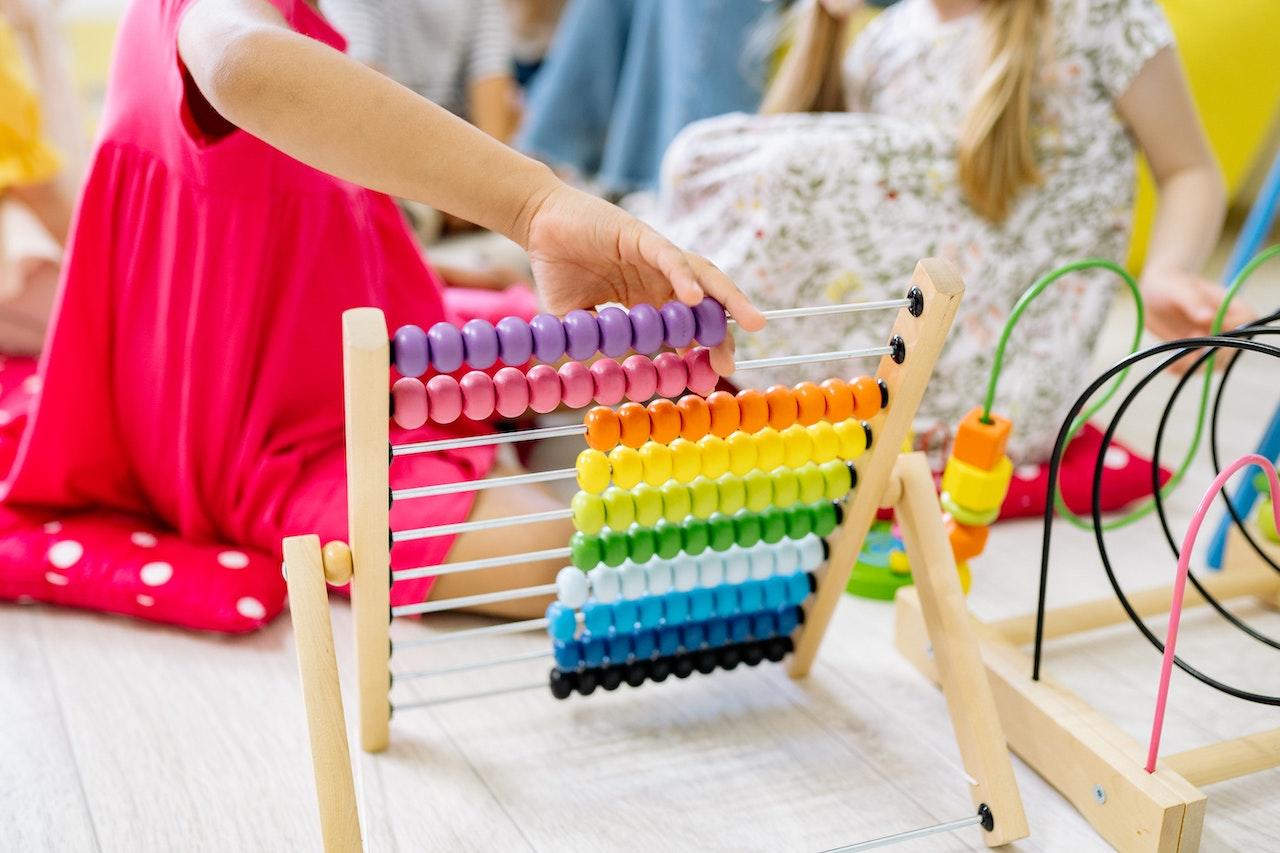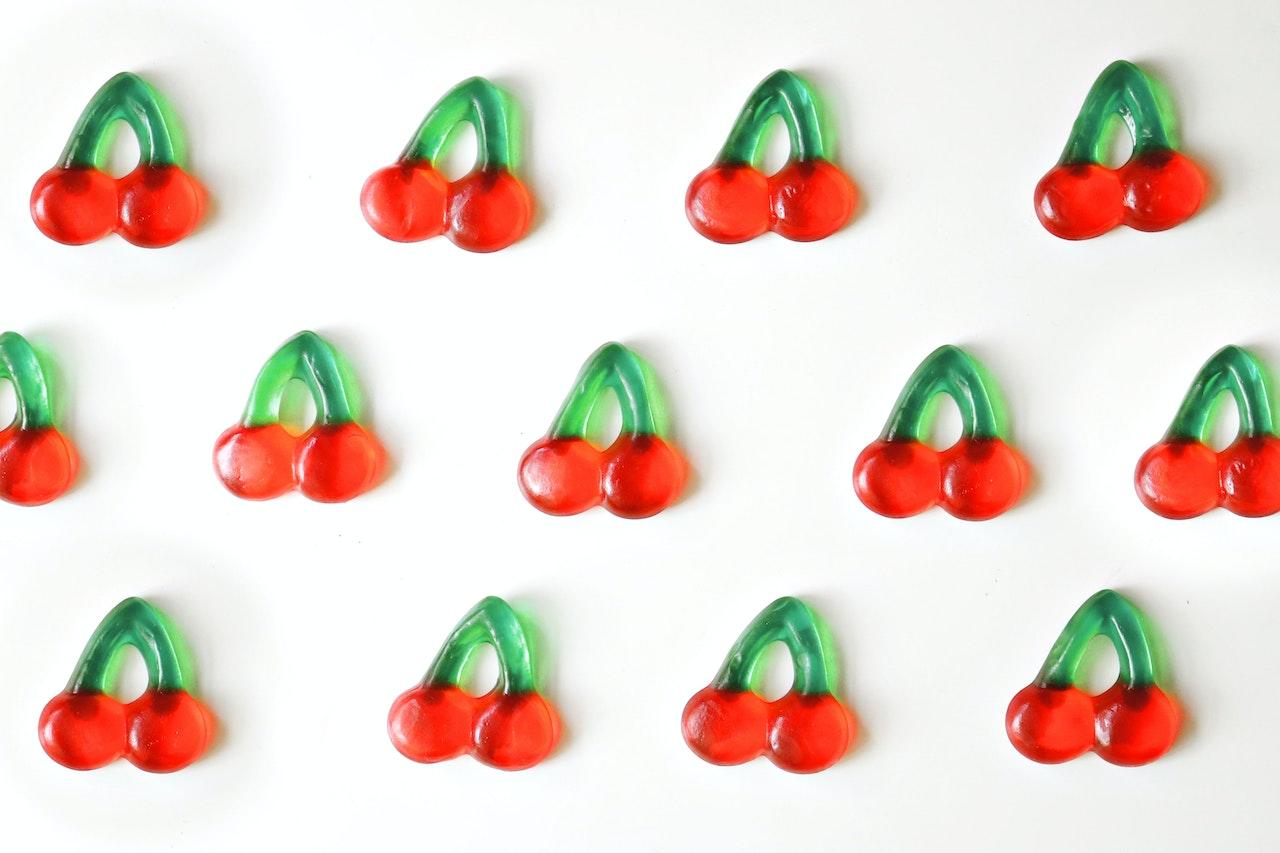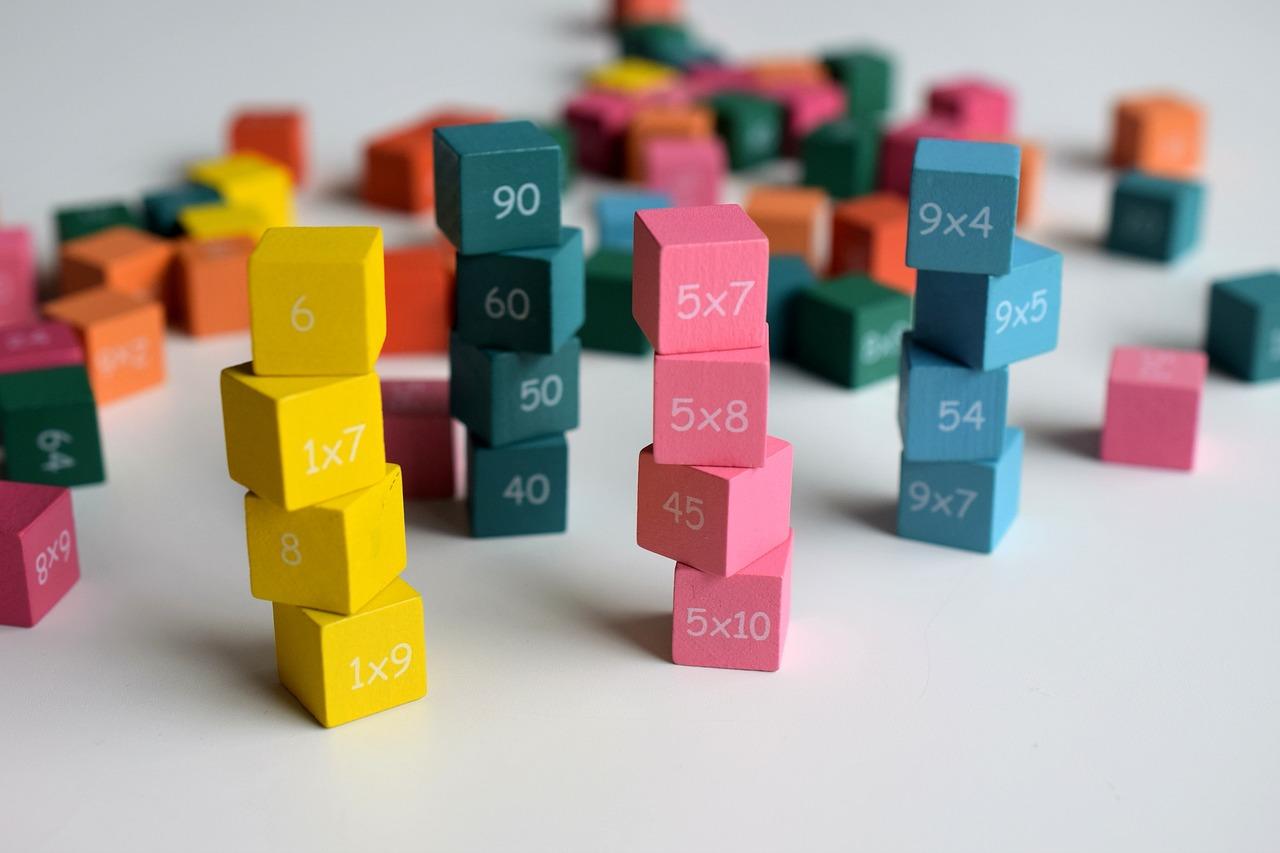Some teachers use maths teaching equipment that allows students to learn while having fun, this is not the case for the entire math program, however. Often even young math learners get bored and lose interest in the subject before they have even begun.
This can have disastrous effects down the line.
Mathematics, like multiplying, adding, subtracting, and dividing all lay the building blocks for the maths of the future. Fractions, calculus, arithmetic, algebra and geometry all have no chance if foundational comprehension is lacking.
Young math pupils must be engaged with classroom activities like interactive games, and also math resources like arts and crafts, role play and active play.
The learning environment for kids is key to whether they want to learn something or not. Here are some tools that will allow you to awaken your child's interest in a more progressive maths education.

Implement Learning with Fun
For young children who are still learning to focus their attention, serious study can be challenging and boring. Successful learning requires motivation, focus and repetition. So to learn things well, we just want to engage with those subjects and the learning experience.
At school, kids can be taught to sit still with their backs straight and their eyes on the front of the classroom. But for young children, this can lead to stress and frustration, as it’s unnatural for young children to sit still for too long.
In the book, “Research-Based Strategies to Ignite Student Learning,” Judy Willis MD, highlights that fun learning can improve and support the brain's retention of information. This is because when we are happy and relaxed chemicals are released into our bodies, and these chemicals also support better learning. Emotions of confusion or boredom create different chemicals which tell our brains to shut down.
For children to have fun learning maths, they should have as many of their senses engaged as possible. Our main senses are sight, sound and touch.
- A child that has a preference for sight may find playing colourful math games fun. Flash cards or colouring in math worksheets with crayons may also be exciting.
- A child that has a preference for hearing may find that they enjoy a singing game, reciting numbers out loud with chanting, or fun math stories.
- A child that has a preference for touch may find that they enjoy using an abacus, building blocks, or putty to make geometric shapes.

Math Tools: Learning To Enjoy Maths
Teaching maths to little ones is not always easy, and some children may have difficulty figuring out the numbers. Just like learning to read, some tools can help teachers or parents to support children with their math.
Using an Abacus
An abacus is certainly a well-known maths resource used by school teachers, parents and educators alike. It is simply a set of small balls of different colours fixed on several bars within a frame. Each bar groups ten small balls in a line. This structure allows children to see concretely the addition and subtraction system in action, to learn how to count and how to approach numeration in a general way.
To use the abacus, several exercises are possible. The math teacher can work for example:
- Teach students how to build a number. The child must, therefore, put on one side the number of small balls he considers necessary to reach the requested figure.
- The child can also try to count the number of small balls set aside by the teacher.
Through these different manipulations, children discover how to build numbers beyond ten and up to one hundred in an engaging way.
Maths Cubes
Maths cubes work like Lego. Coloured cubes of the same size fit together to build towers. This is ideal for children in kindergarten or primary school, the maths game with the maths cubes is part of a very effective group of educational games to help children understand mathematics.
It is also possible to play numbers games with the cubes like
- Using card games, using the cubes to represent the different numbers.
- In a comparing game, for example, is an opportunity for players to realize which figure is the largest.
Using construction games with these blocks is a way to interest each child in different styles of mathematics (geometry, algebra, etc.)

Tangram Puzzles
Tangram puzzles are used both in the classroom and at home. They are simply small (often wooden or plastic) pieces of several geometric shapes in several colours. You will find Hexagons, squares, triangles, diamonds etc. when they are put together they form colourful mosaics.
The tangram puzzles introduce children to geometric shapes.
- Playing with these shapes helps children work on their fine motor skills since they must be precise in placing the shapes.
- Older children can also learn to reproduce more or less complex shapes according to a model. There is the opportunity to change the difficulty according to the age of the child.
- Building from geometric shapes is also an opportunity to introduce the notion of symmetry.
- Children can also have fun sorting pieces by colour or simply by shape.
Each student can find their own level and creativity with these useful puzzles.
Multiplication Geoboard
Multiplication tables are a real pain for most students. Learning these by heart often makes no sense, and is stressful and difficult for children. By using a geoboard, you can easily demonstrate how multiplication works to students.
The geoboard is covered with a grid of pegs in a 10 x 10 square.
Using an elastic band or string, you can lasso a square around the number of pegs you are multiplying. For example, if you were multiplying 2 x 3, you’d lasso 2 pegs vertically and 3 horizontally (or vice versa). A total of 6 pegs would end up inside your lasso, which shows that 2 x 3 = 6!
- Encouraging the child to speak during multiplicating helps students' memory work better. It also helps them feel more at ease about the calculation process.
- Allow the children to explore the pegboard independently so they can experiment and wrap their heads around the concepts.
- The pegboard is also fun for making different shapes than just rectangles!
Learning maths while having fun is the best way to remember it. These tools promote progression in mental arithmetic and help to develop the sensory aspect of maths in students new to mathematical calculations.

Don’t Forget Rewards and Incentives
Reward kids when they are doing well, this will also motivate them to focus on the hope of earning a treat. It's nice if you can tie the reward into maths game somehow so children understand immediately why they have been given the reward.
- Use small candies to demonstrate addition and subtraction
- You can use a pizza or those small candies again to demonstrate fractions.
- You can use toys and other beloved items within the games to communicate a math concept.
The fun learning method makes it a point to stimulate the children so that they can be central to their own learning. This is why the best games are often interactive. Puzzles and interactive tables of additions allow you to catch the attention of the smallest mathematician.
Using games to educate students helps them in their learning and retention. The children also make mathematical discoveries by themselves. This method breeds self-confidence and a more powerful learning experience.
Being inventive, making items, using card games, cutting, glueing, and clouring, whether in school or at home, all of these activities help children prepare for more important future chapters like the Pythagorean theorem and prime numbers.
You will be surprised just how effective these games are when your child actually requests to play them independently. Children are naturally curious, all they need is to have the method presented in colourful, fun and bite-sized chunks.
These games awaken the interest of children who are so keen to learn.
















